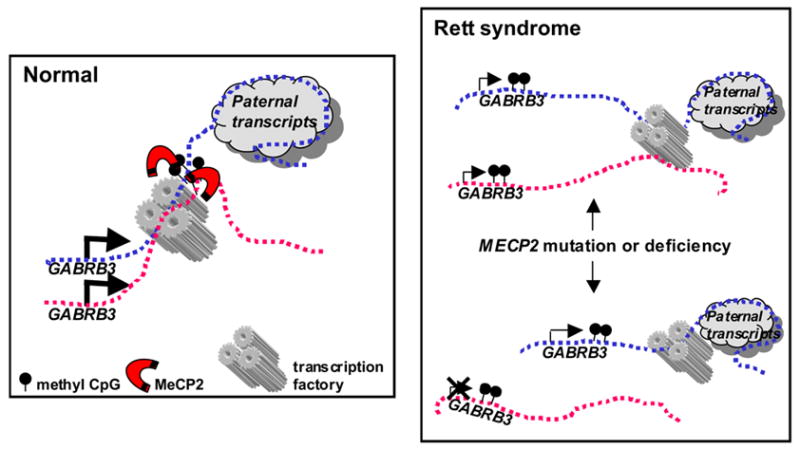Figure 6. Model for MeCP2 involvement in positive regulation of GABRB3 expression in brain.

Maternal and paternal chromosomes are shown as pink (maternal) and blue (paternal) dotted lines, respectively. The size of arrows represents relative levels of gene expression. The large paternal-specific transcription unit from SNRPN through the antisense transcript of UBE3A is depicted as a cloud. In normal brain samples MeCP2 binds to methylated CpG sites within the intron of GABRB3 on both chromosomes and promotes GABRB3 expression and homologous pairing by localizing both alleles to an area of active transcription such as a transcription factory. In Rett syndrome patients with MeCP2 mutation or deficiency, homologous pairing of 15q11-13 is disrupted, as previously described in Thatcher et al (26). In RTT individuals with reduced biallelic expression both maternal and paternal alleles are transcribed at low levels because of suboptimal nuclear location. Individuals with loss of biallelic expression may have an additional epigenetic defect leading to selective reduction of one allele (represented with an X). Because 15q11-13 deletion leads to loss of homologous pairing and a paternal bias in GABRB3 expression, we speculate that the paternal allele is preferentially expressed in these cases.
